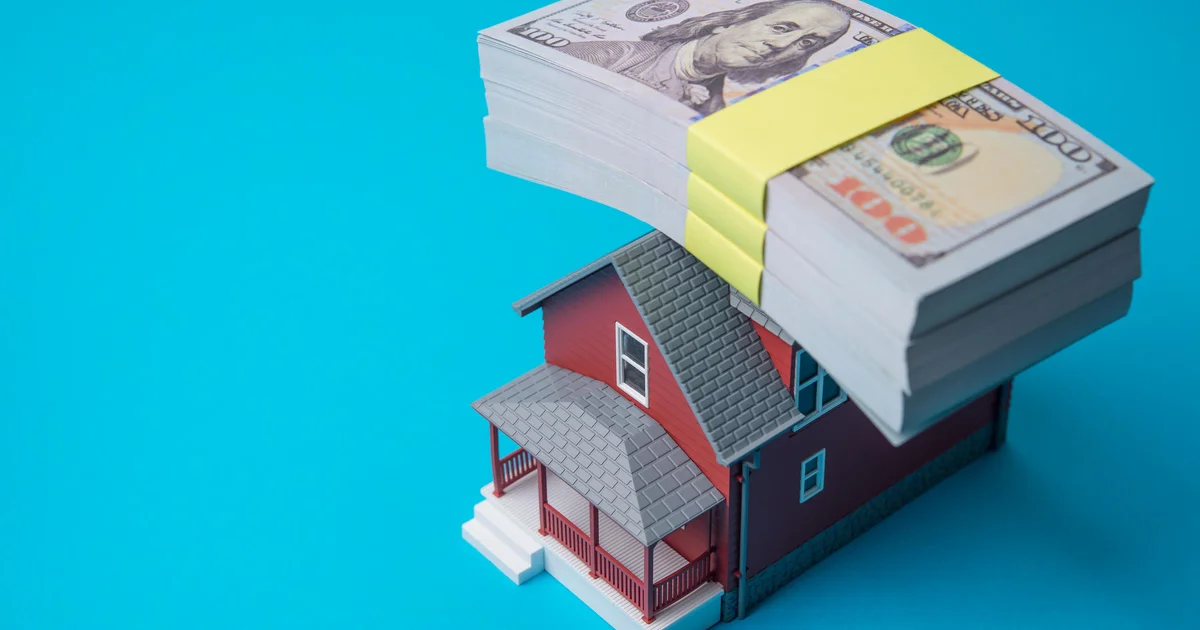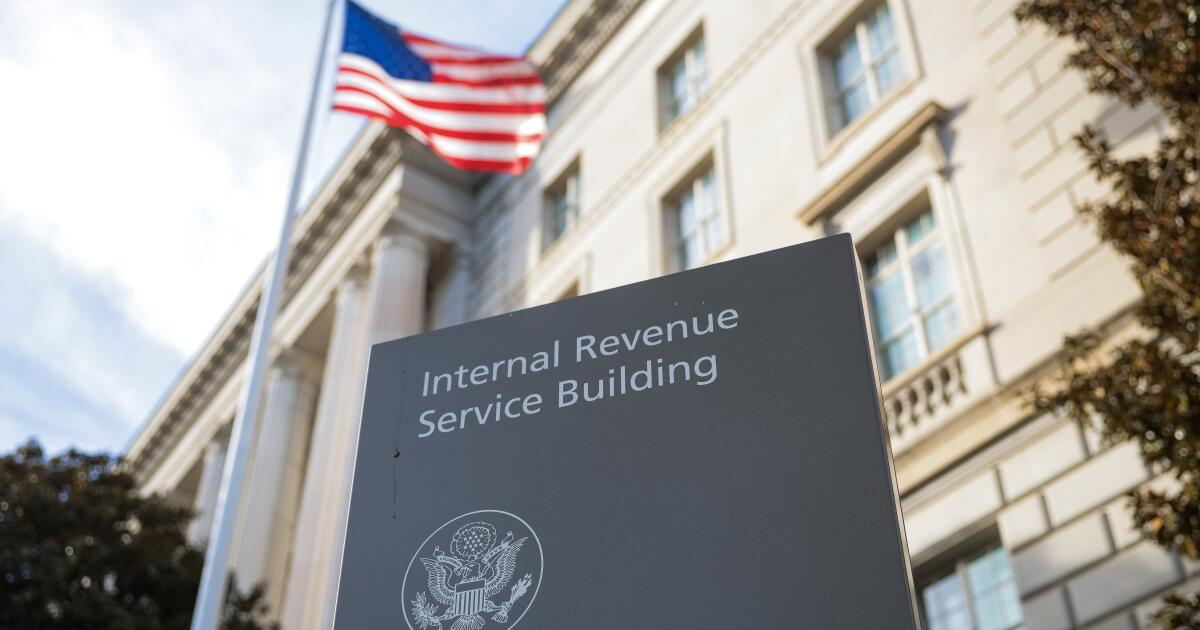
Interest in mortgage loan refinancing has rocketed in recent weeks, making it clear that homeowners are paying attention to what’s happening with the shifting rate environment. The average rate for a 30-year fixed mortgage slipped to 6.13% in the week ending September 12, marking the lowest average rate since 2022. Now, there’s been a surge in refinance applications, which were up 59.8% from the prior week, according to new data from the Mortgage Bankers Association.
That kind of movement usually signals that homeowners see a new opportunity to capitalize on. In this case, that opportunity is being driven, in large part, by expectations that the Federal Reserve will conduct its first rate cut of 2025 today at the conclusion of its September meeting. A dip in Treasury yields has also helped ease borrowing costs just enough to make the idea of mortgage loan refinancing appealing to a wider range of borrowers.
But while average rates have dipped, the reality is that not everyone stands to benefit from refinancing their home loans now. Below, we’ll examine who is most likely to come out ahead if they refinance their mortgage loans in this rate environment.
See how much you could save by refinancing your mortgage loan now.
Who can benefit from mortgage refinancing now
Today’s lower-rate environment is creating breathing room for those who took out mortgages at higher rates, but those aren’t the only borrowers who may benefit from this rate drop. With that in mind, here are the homeowners who may stand to gain most from refinancing now:
Homeowners who bought in 2023 or 2024 with much higher rates
If you purchased your home in 2023 or the early part of 2024 when rates were higher (often 7% or more), refinancing with a new mortgage loan offering a rate in the 6% range could yield substantial monthly savings. The interest rate drop means these borrowers are likely to see the most dramatic benefit, because the differential between what they’re paying now and what they could pay is large.
Learn how to refinance your mortgage loan today.
Borrowers with large outstanding balances
In addition to this new spike in demand, the average refinancing loan has now reached the highest amount on record. And, that makes sense. The larger your existing mortgage, the more interest you’re paying each month, so a rate drop provides proportionally bigger savings. In these cases, even small percentage improvements matter more when applied to big principal amounts. So, if you have a large outstanding mortgage loan balance, it could make sense to consider refinancing now.
Homeowners with good credit and solid home equity
Refinancing usually requires you to have a relatively clean credit profile. Borrowers with strong credit scores (typically a FICO score of 700 or higher) will get access to better rates and more favorable terms, making the cost and hassle of refinancing worth it.
But your credit isn’t the only factor to consider when deciding whether refinancing makes sense. Your home equity could play a role, too. If you have built up 20% or more equity, you can avoid private mortgage insurance (PMI) and get access to better refinance options. Both of these conditions lower the cost and risk of the refinancing process.
Borrowers who currently have an ARM or short-term fixed loans
Homeowners with adjustable-rate mortgages (ARMs) or short-term fixed loans face more uncertainty than most. ARMs typically start with a low introductory rate, but after the initial period ends, they adjust periodically based on market conditions, meaning your payment could jump if rates climb again.
Similarly, borrowers with certain types of short-term fixed loans that are nearing expiration, like bridge loans or hard money loans, may soon be forced to renew at whatever the prevailing market rate is. Refinancing into a longer-term fixed mortgage now, while average rates are sitting in the 6% range, can lock in stability and safeguard against potential payment shocks in the future.
Homeowners planning to stay put for the long term
Refinancing makes the most sense when you’ll be in your home long enough to recoup the upfront costs, like closing fees and appraisal charges. If you expect to stay in your property for at least a few more years, the monthly savings from a lower rate can add up to far more than the initial expenses. Long-term homeowners can also benefit from locking in today’s lower rates before the market shifts again, ensuring stability and predictability in their housing costs for years to come.
The bottom line
Mortgage refinancing demand is experiencing a sharp upswing because interest rates have recently dropped to levels not seen in the last few years. And, homeowners who currently have high rates, large loan balances, strong credit or ARMs stand to benefit the most. But this rate drop is not a universal win, so if you’re considering refinancing, be sure to do the math. Compare your existing rate and payment to what you could secure now, factor in costs and consider how long you intend to stay in the home. Those in less favorable positions, though, may find that now is the time to act.



